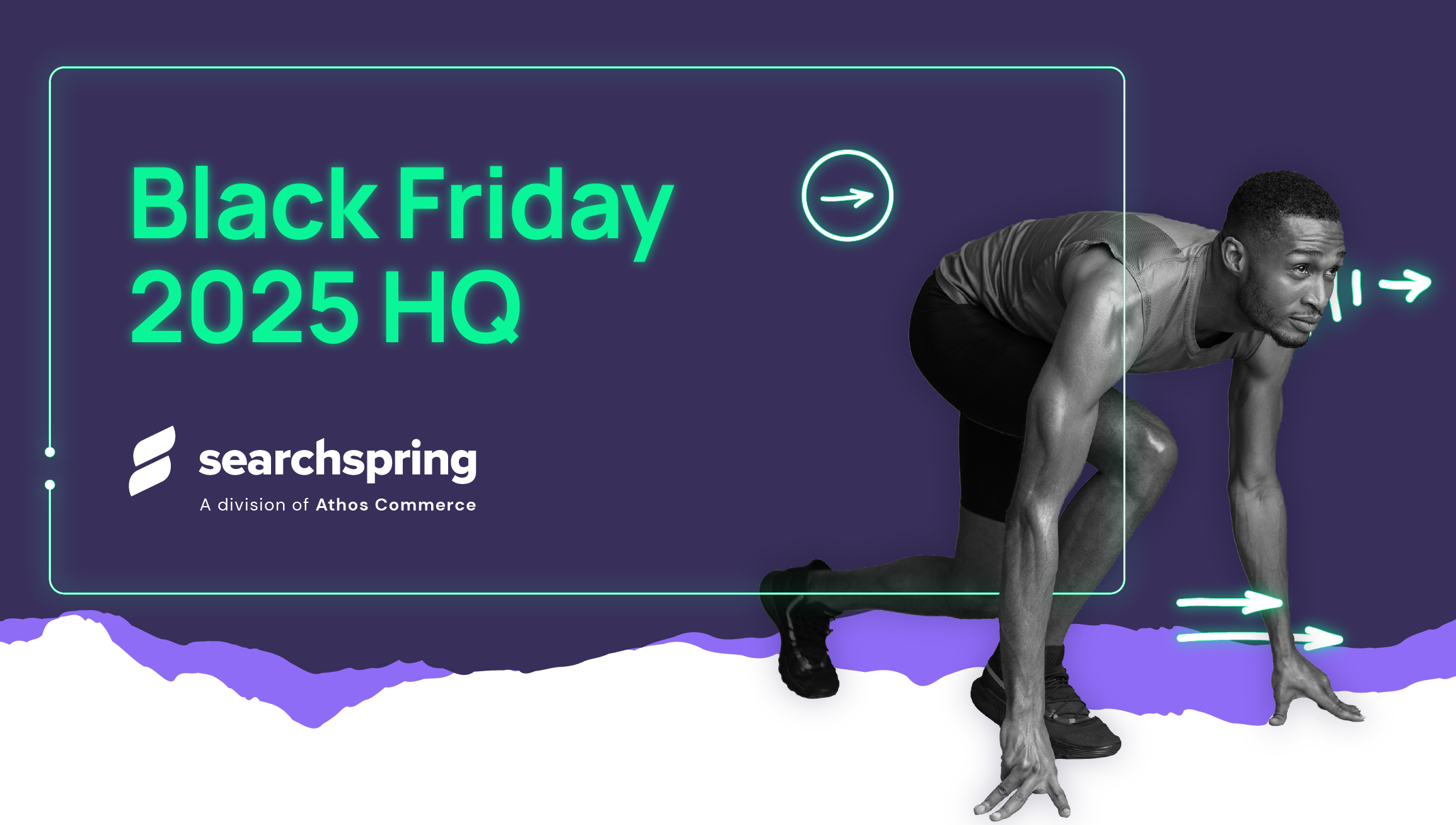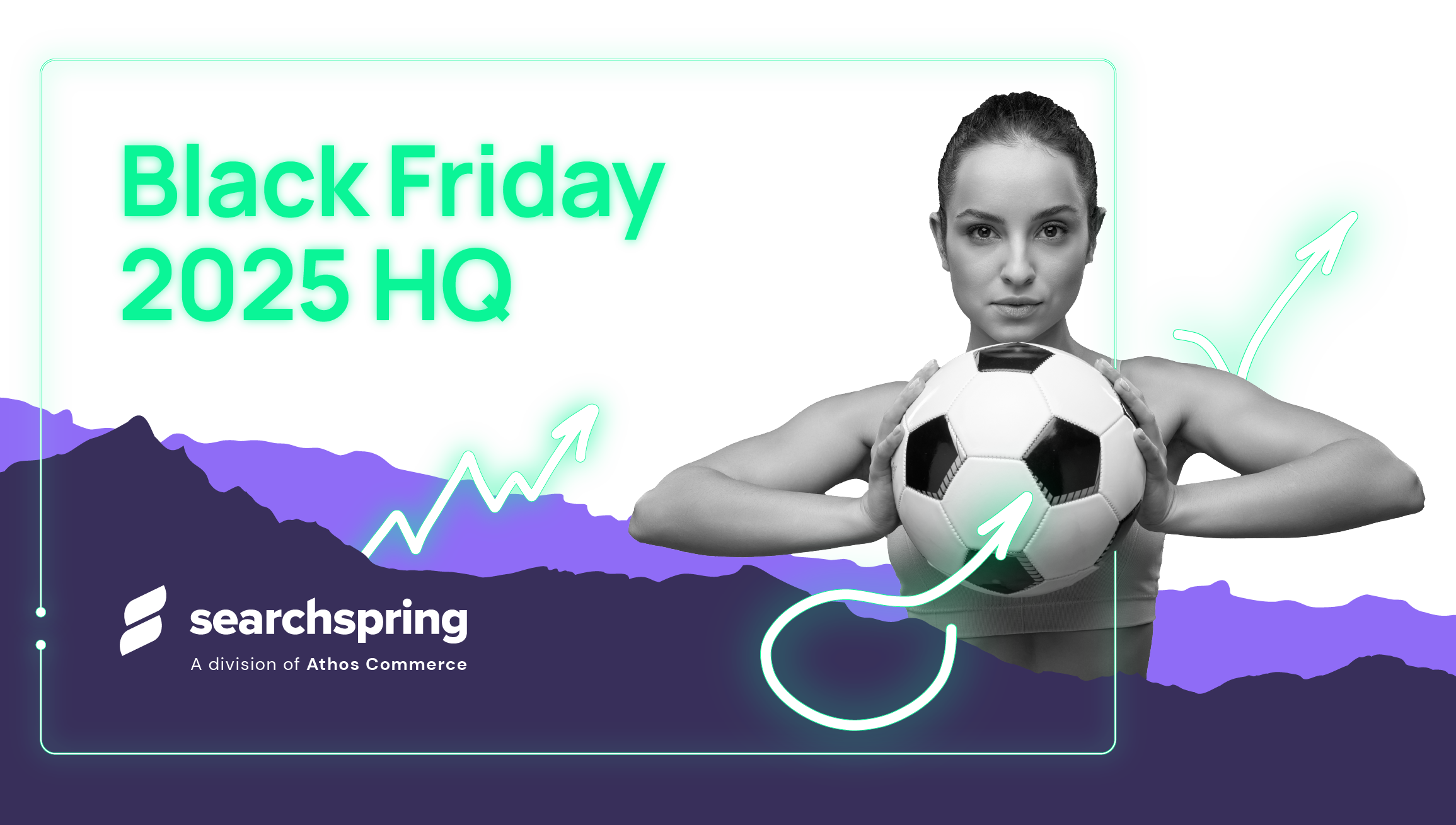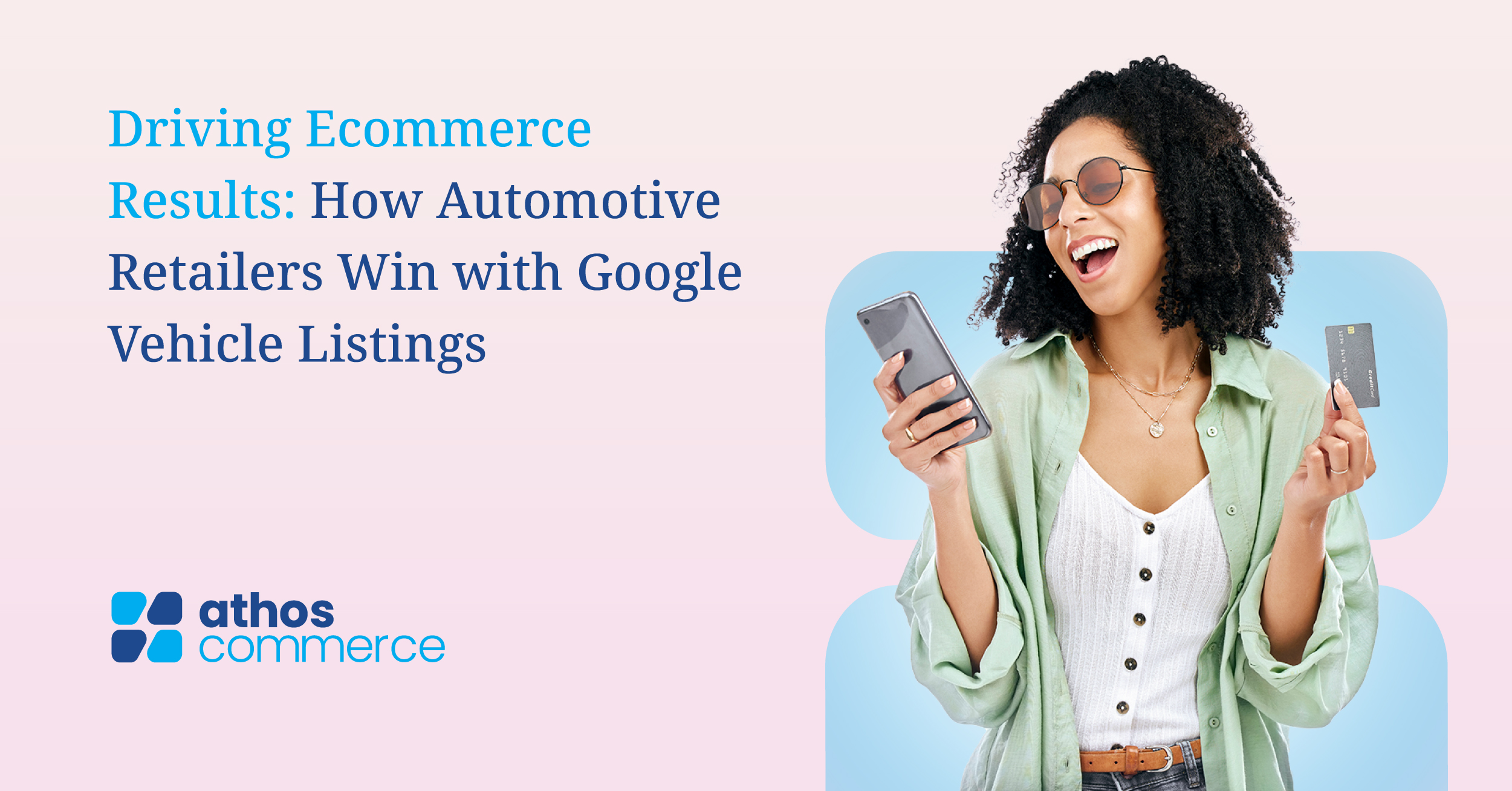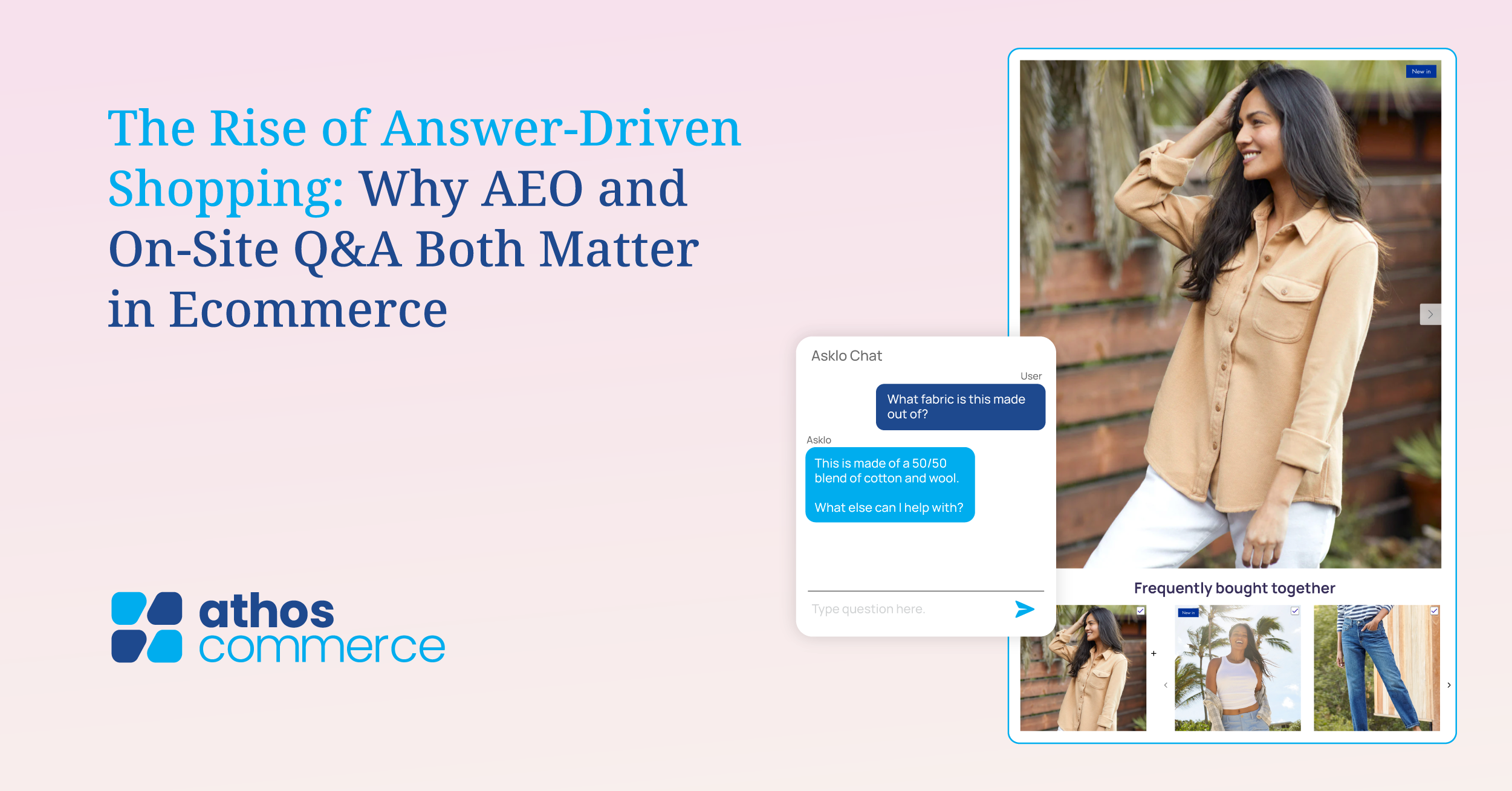Product bundling has evolved. What was once a simple tactic to upsell or clear excess inventory has become a strategic lever for brands aiming to drive bigger carts, simplify decision-making, and deliver experiences that feel effortlessly relevant.
But to get the real value out of bundling, personalization isn’t optional—it’s foundational.
In our recent “Turn Browsers into Buyers with Smart Product Bundling” webinar featuring Athos Commerce and MAPP Digital, our speakers explored how bundling and personalization are converging—and what it takes to execute both with real impact.
The takeaway? It’s no longer about pushing products. It’s about curating moments that convert.
Bundling: From Convenience Feature to Strategic Growth Engine
The outdated perception of bundling as little more than a discounted set of SKUs is finally being replaced with a more intelligent, customer-first approach. Retailers are rethinking bundles as curated collections designed to inspire, simplify, and accelerate the path to purchase.
Think outfits, not items. Solutions, not SKUs.
Effective bundling today mirrors the way customers think and shop—by occasion, by look, by intent. Whether it’s a weekend outfit or a complete tech setup, bundles offer context and cohesion, removing the guesswork from purchase decisions.
From fashion and homeware to electronics and beauty, bundling is effective across verticals. What matters is not the category, but the logic. Products must make sense together, and the presentation must reflect the shopper’s mindset, price sensitivity, and expectations in the moment.
Discounting can support bundling, but it’s not the driver. Convenience, relevance, and ease of discovery are what truly move the needle. When these elements are in place, bundling becomes both a merchandising play and a conversion strategy.
Personalization Is the Enabler and the Expectation
Your shoppers expect their ecommerce journey to feel tailored by default. Anything less risks eroding their trust and losing them to a competitor.
Modern personalization combines real-time behavioral signals (e.g., searches, filters, and add-to-cart actions) with deeper historical data (e.g., purchase patterns, category affinities, and browsing recency). Platforms like Athos Commerce are continuously learning with every session—whether or not a user is logged in.
This level of responsiveness turns bundling into a real-time engine for relevance. For example, a shopper engaging with spring dresses shouldn’t be offered generic recommendations. They should see complementary items that reflect their style, seasonality, and price range. Intelligence behind the scenes enables sites to adapt automatically, swapping boots for sandals, showing a matching bag, and changing an entire carousel based on a single click.
Personalization isn’t just about the product; it’s about understanding context, intent, and emotional cues. Fashion is personal. Homeware is contextual. Tech is solution-oriented. The best systems understand these nuances.
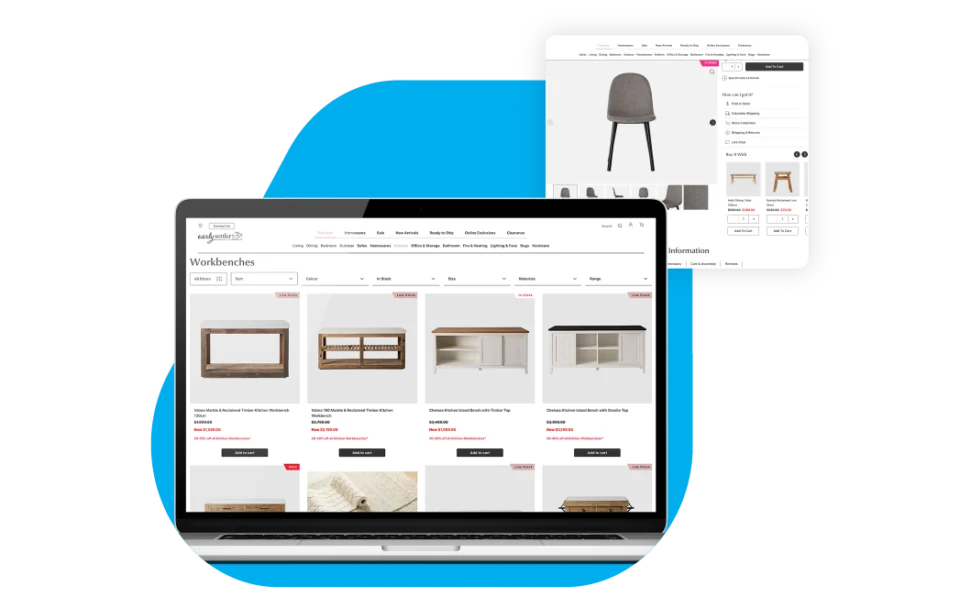
Why Bundling and Personalization Are More Powerful Together
When bundling and personalization work together, the impact isn’t incremental—it’s exponential. The bundle isn’t just relevant—it’s timely. It’s not just convenient—it feels obvious, like the next logical step in the journey.
This alignment drives clear business results, including:
- Higher AOV through more confident purchases
- Lower bounce rates thanks to contextual relevance
- Stronger retention as shoppers associate your brand with intuitive, frictionless journeys
Critically, these results compound over time. The more data your system gathers, on product interactions, cart behavior, and returns, the more precise the bundles and recommendations become. Over weeks and months, each shopper’s journey becomes more refined and more effective.
Building the Foundation Starts With the Data
To execute this well, retailers need to get serious about their data.
Most brands underutilize the product data they already have—attributes like material, fit, occasion, and compatibility. Without enriched and structured metadata, even the most advanced personalization engine will fall short.
On the shopper side, it’s about collecting and interpreting behavioral signals across sessions and devices. The key is progressive profiling—starting with anonymous sessions and building richer profiles as shoppers engage, without requiring them to log in.
The result? A single shopper view that evolves with every click, search, and scroll—and a bundle strategy that always stays one step ahead.
Privacy, Consent, and Trust
All of this must operate within a clear framework of consent and privacy compliance. Whether operating in the UK, EU, or other regulated markets, brands need to ensure that personalization is driven by first-party data and transparent opt-ins.
But once those foundations are in place, the upside is considerable. Shoppers who opt in do so because they want relevance. The trade-off is clear: if you know me, show me something better.
How You Present Product Bundles Matters
Bundling isn’t just about what’s included—it’s also about how it’s served.
Retailers should consider price point and shopping behavior when designing the experience. At lower price points, a single “Add All to Cart” CTA makes sense. For premium brands, shoppers may want more control to select individual items from a curated look.
There’s no one-size-fits-all design. But the guiding principle is clear: reduce friction, speed up decisions, and keep the focus on the shopper’s journey.
The New Standard
We’re at a turning point. Personalization is no longer a competitive advantage—it’s the baseline. Bundling is no longer about margins—it’s about moments.
Together, they form the foundation of the modern shopping experience: dynamic, responsive, and radically more effective.
In 2025, relevance wins—and it doesn’t happen by accident. Athos Commerce gives retailers the tools to move beyond generic merchandising and into intelligent, intent-driven journeys that convert.
Ready to see smart bundling and personalization in action? Book a demo.
